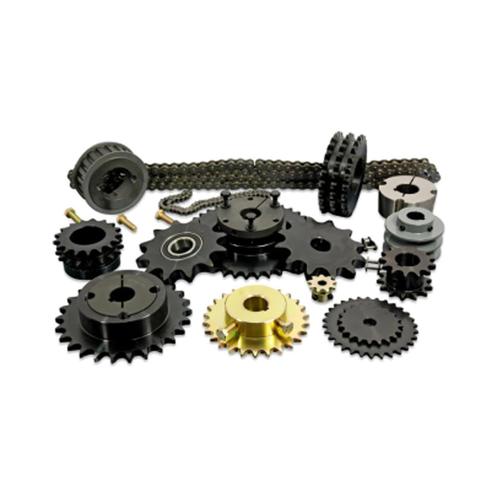Industrial Bearings for Automotive: Types, Selection, Maintenance, and Top Manufacturers
Industrial bearings are precision components essential for reducing friction and ensuring smooth operation in automotive systems. They support rotating parts like wheels, engines, and transmissions, directly impacting vehicle performance, fuel efficiency, and safety. This guide covers key aspects of selecting, maintaining, and sourcing high-quality automotive bearings.
Table of Contents
1. Types of Automotive Bearings2. How to Choose Automotive Bearings
3. Automotive Bearing Maintenance
4. Signs of Bad Wheel Bearings
5. Top Automotive Bearing Manufacturers
1. Types of Automotive Bearings

Automotive applications utilize several bearing types, each designed for specific functions. Ball bearings, featuring spherical rolling elements, excel in handling radial loads and are commonly used in wheels and alternators. Tapered roller bearings manage combined radial and axial loads, making them ideal for gearboxes. Needle roller bearings, with their slim profile, suit compact spaces like piston pins. Thrust bearings specialize in axial load management in steering systems. Hybrid ceramic bearings offer superior heat resistance for high-performance vehicles. Understanding these variations ensures proper component matching and system reliability.
2. How to Choose Automotive Bearings
Selecting automotive bearings requires evaluating load capacity, rotational speed, and environmental conditions. Radial ball bearings suit moderate loads, while tapered rollers handle heavy-duty applications. Consider material durability – chrome steel bearings provide standard performance, whereas ceramic hybrids withstand extreme temperatures. Lubrication type (grease vs. oil) affects maintenance intervals. Always match bearing dimensions to OEM specifications. For electric vehicles, prioritize bearings with enhanced electrical insulation. Consult ISO 492:2021 standards for quality assurance and verify manufacturer certifications.
3. Automotive Bearing Maintenance
Proper maintenance extends bearing lifespan significantly. Implement regular lubrication schedules using manufacturer-recommended greases. Monitor operating temperatures with infrared thermometers, aiming below 180°F. Conduct vibration analysis quarterly to detect early wear patterns. Clean bearing housings during servicing to prevent contamination. For sealed bearings, replace rather than relubricate. Follow torque specifications during installation to prevent premature failure. Storage conditions should maintain 40-70% humidity to prevent corrosion. Advanced predictive maintenance techniques like acoustic emission testing can reduce downtime by 30%.
4. Signs of Bad Wheel Bearings
Recognizing failing wheel bearings prevents catastrophic failures. Key indicators include humming noises proportional to vehicle speed, uneven tire wear patterns, and steering wheel vibrations. Advanced symptoms involve ABS malfunctions due to damaged tone rings. Conduct a 6 o'clock/12 o'clock wheel shake test – excessive play (over 0.04 inches) signals replacement urgency. Thermal imaging can identify overheating bearings before audible symptoms appear. Immediate replacement is crucial when experiencing grinding sensations, as complete seizure risks wheel detachment.
5. Top Automotive Bearing Manufacturers
Leading manufacturers include SKF (Sweden), known for innovative sealing solutions; NTN (Japan), specializing in ultra-precision bearings; Timken (USA), pioneers in tapered roller technology; Schaeffler Group (Germany), offering integrated bearing systems for EVs; and NSK (Japan), excelling in electric motor bearings. Evaluate suppliers based on ISO/TS 16949 certification, minimum order quantities, and custom engineering support. Emerging manufacturers from India and China provide cost-effective alternatives with comparable performance in standard applications.
From understanding fundamental bearing types to implementing advanced maintenance strategies, this comprehensive guide addresses all critical aspects of automotive bearing management. Whether you're troubleshooting wheel bearing issues or selecting suppliers for bulk procurement, the insights provided here will help optimize your automotive systems' performance and reliability. Continue reading to discover detailed technical specifications, failure analysis methodologies, and industry-specific best practices that separate adequate bearing management from exceptional operational excellence.
Conclusion
Mastering automotive bearing technology requires balancing material science, mechanical engineering, and practical maintenance knowledge. By implementing the selection criteria, diagnostic techniques, and maintenance protocols outlined above, automotive engineers and procurement specialists can significantly enhance vehicle performance while reducing lifecycle costs. Stay updated with evolving bearing technologies, particularly in electric and autonomous vehicles, to maintain competitive advantage in the automotive industry.




 13869596835
13869596835